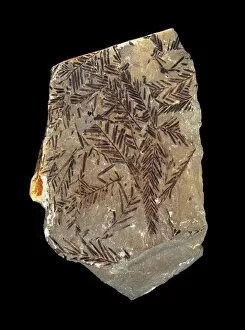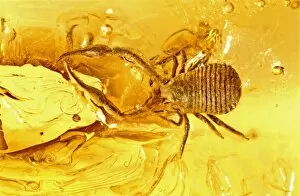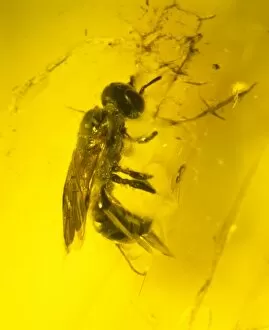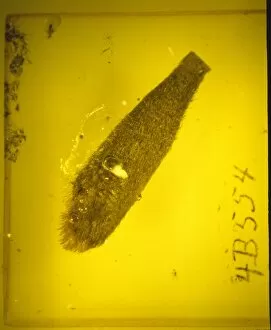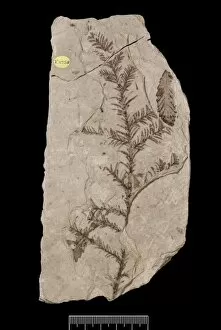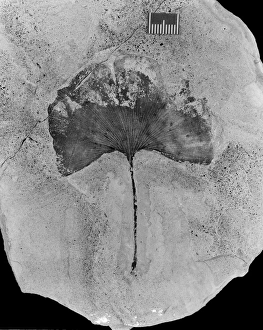Eocene Collection (page 5)
Step back in time to the Eocene era, a fascinating period of Earth's history. Picture No
All Professionally Made to Order for Quick Shipping
Step back in time to the Eocene era, a fascinating period of Earth's history. Picture No. 10889691 captures the essence of this epoch, showcasing the diverse and intriguing creatures that once roamed our planet. Among them is Leptictidium, an agile mammal resembling a mix between a kangaroo and a weasel. Its long hind legs allowed it to swiftly navigate through its lush environment, while its sharp teeth helped it catch prey. Anoplotherium commune & gracile were peculiar herbivores with slender bodies and elongated limbs. These graceful animals grazed on vegetation, adapting to their surroundings with elegance. Palaeotherium was another herbivore that inhabited this ancient world. With its horse-like appearance and sturdy build, it thrived in various habitats across Europe during the Eocene period. The Uintatherium skull stands as evidence of the incredible diversity found during this time. This massive creature possessed multiple pairs of horns on its head, making it an imposing presence in its ecosystem. The Eocene London clay provides us with invaluable insights into this bygone era. Fossils preserved within these sediments reveal a wealth of information about the flora and fauna that once flourished here. Tonguestone reveals yet another aspect of life during the Eocene – sharks. Embedded within these stones are shark teeth adorned with lateral denticles, offering clues about these ancient predators' feeding habits. In 1890 Punch Cartoon Othaniel Marsh humorously depicted scientific rivalries surrounding fossil discoveries from this era. It highlights how paleontologists like Marsh played significant roles in unraveling Earth's past mysteries. Baltic amber holds captivating secrets from millions of years ago too; one such treasure is a gall midge trapped within its golden depths. This tiny insect offers glimpses into prehistoric ecosystems and their intricate relationships. Quercus preserved in amber showcases ancient plant life frozen in time.






